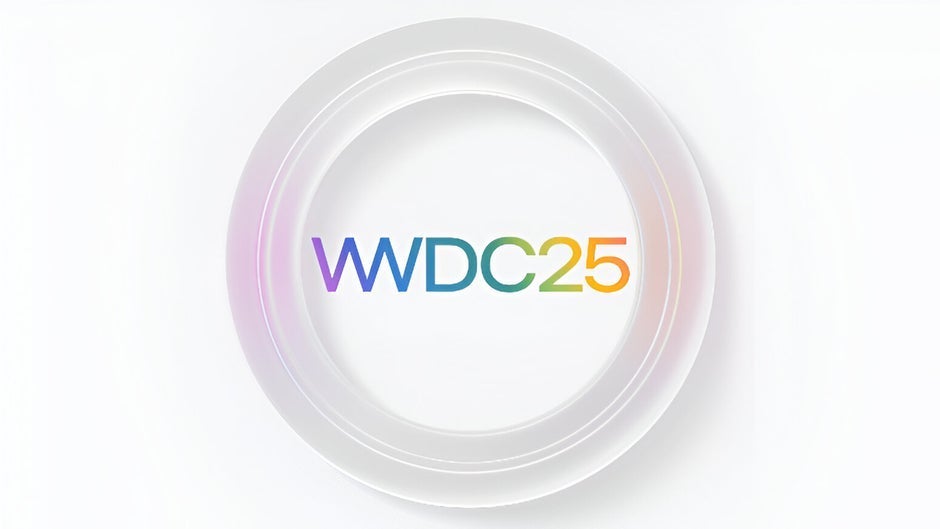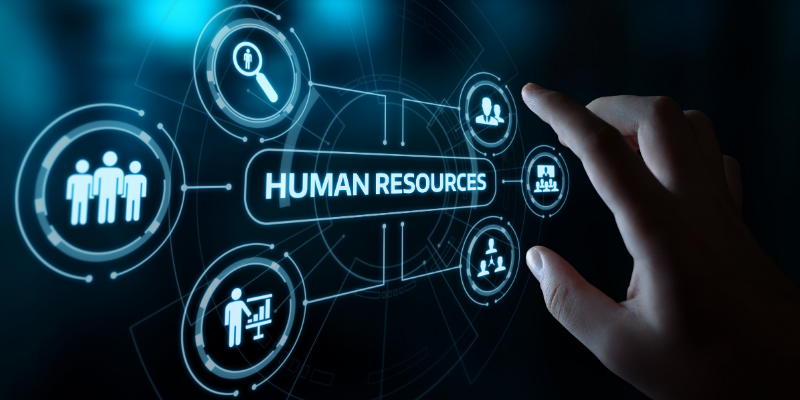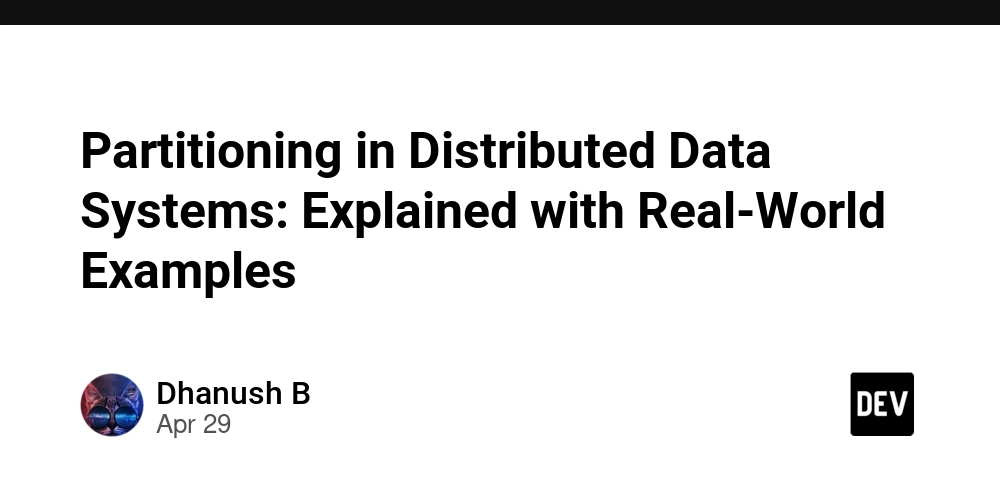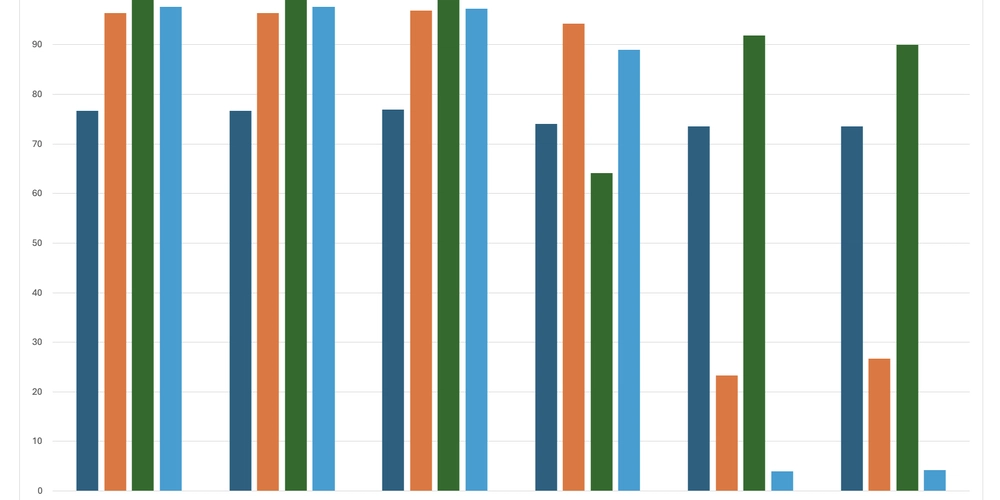Navigating SAP Software Licensing for Sustainability: A Comprehensive Guide
Abstract: This post explores how SAP’s sustainable software licensing strategies are evolving to meet today’s economic and environmental challenges. We delve into SAP’s sustainable initiatives, licensing practices, cloud solutions, lifecycle management tools, and the emerging role of blockchain technology. With detailed background, core concepts, practical use cases, limitations, and future outlooks, this guide provides technical insights and real-life examples to help organizations align technological strategies with sustainability goals. Furthermore, we integrate expert perspectives and related industry analyses to provide a holistic understanding of sustainable software licensing. Introduction As businesses around the world strive to reduce their carbon footprint while remaining economically competitive, SAP software licensing is undergoing a transformative change. SAP’s approach to sustainable software licensing offers not only cost management and technological innovation but also serves environmentally friendly principles. In this post, we explore how these licensing strategies meet sustainable practices via cloud solutions, resource efficiency models, and blockchain-powered compliance measures. Organizations that integrate these strategies can improve operational efficiency and resilience while upholding corporate social responsibilities. This article breaks down the evolution of SAP’s licensing practices and explains how sustainability steers technological strategy, delivering competitive advantages in today’s digital landscape. Background and Context A Brief History of SAP and Sustainability SAP has long been recognized as a leader in enterprise software solutions. Today, the company has shifted focus to sustainability within software licensing, which reflects a broader trend of integrating environmental considerations into digital business practices. The emphasis on sustainable licensing is driven by regulatory pressure, environmental concerns, and a growing market demand for energy-efficient solutions. Key Definitions Sustainable Licensing: Licensing strategies that incorporate environmental performance metrics and resource management into software procurement and usage models. Cloud Solutions: Digital services provided via remote servers offer scalability, energy efficiency, and reduced hardware overhead. Lifecycle Management: Tools and processes that monitor and maintain the software from deployment to retirement, ensuring optimized resource use and reduced waste. Ecosystem Context Modern software ecosystems leverage cloud computing, dynamic licensing models, and blockchain technologies to improve transparency and efficiency. SAP’s approach aligns with these modern trends by promoting subscription models and regulatory compliance tools that bridge sustainability and innovation seamlessly. Core Concepts and Features SAP’s Sustainable Initiatives SAP leads the charge in sustainable innovation through initiatives that include reducing energy consumption and integrating green IT practices. You can learn more about these efforts directly on SAP's Sustainability page. Key areas include: Corporate Social Responsibility (CSR): SAP integrates CSR into its software solutions to support global environmental and social governance. Energy Efficiency: Modern features, such as cloud-based solutions, lower costs and reduce carbon footprints while enabling real-time data analysis for sustainable business practices. Licensing and Cloud Solutions The shift towards cloud computing is transforming SAP licensing models. Cloud solutions offer several benefits: Energy Efficiency: Cloud-based services such as SAP Cloud and Hybrid Solutions enable easier energy management and scalable resource allocation. Resource Efficiency through Subscription Models: Subscription-based licensing allows organizations to adjust resource usage dynamically. This method minimizes waste and optimizes resource allocation across different operational phases. A summary bullet list of benefits of ERP cloud-based solutions includes: Cost Savings: Pay-as-you-go models reduce capital expenditure. Scalability: Easily scale services up or down based on demand. Reduced Carbon Footprint: Lower infrastructure requirements mean less energy consumption. Regulatory Compliance: Enhanced monitoring tools to meet environmental reporting standards. Lifecycle Management Tools Effective software lifecycle management is crucial to sustaining long-term value and reducing waste. SAP’s lifecycle management tools help track software usage, ensuring optimal performance and aiding in compliance monitoring. You can explore more details on SAP's lifecycle management page. These tools efficiently monitor versioning, support seamless upgrades, and provide transparency in usage metrics throughout the software lifecycle.
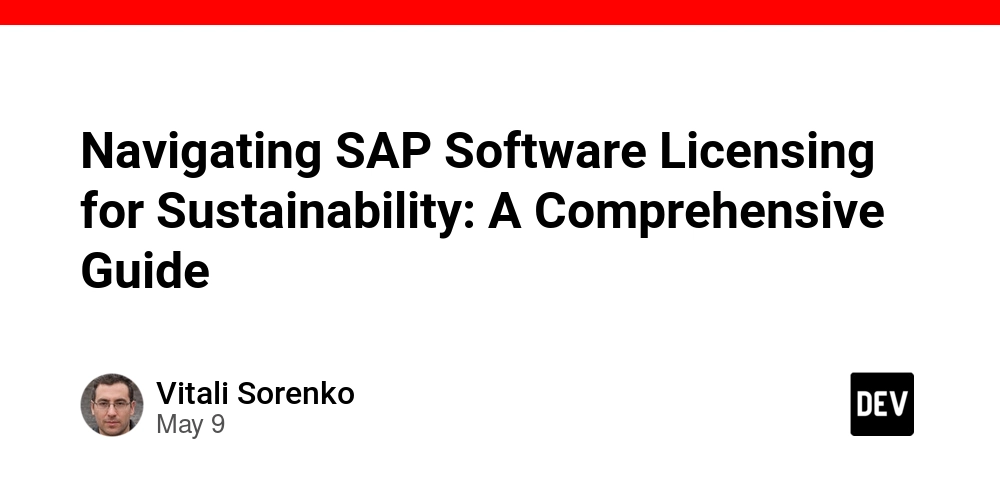
Abstract:
This post explores how SAP’s sustainable software licensing strategies are evolving to meet today’s economic and environmental challenges. We delve into SAP’s sustainable initiatives, licensing practices, cloud solutions, lifecycle management tools, and the emerging role of blockchain technology. With detailed background, core concepts, practical use cases, limitations, and future outlooks, this guide provides technical insights and real-life examples to help organizations align technological strategies with sustainability goals. Furthermore, we integrate expert perspectives and related industry analyses to provide a holistic understanding of sustainable software licensing.
Introduction
As businesses around the world strive to reduce their carbon footprint while remaining economically competitive, SAP software licensing is undergoing a transformative change. SAP’s approach to sustainable software licensing offers not only cost management and technological innovation but also serves environmentally friendly principles. In this post, we explore how these licensing strategies meet sustainable practices via cloud solutions, resource efficiency models, and blockchain-powered compliance measures.
Organizations that integrate these strategies can improve operational efficiency and resilience while upholding corporate social responsibilities. This article breaks down the evolution of SAP’s licensing practices and explains how sustainability steers technological strategy, delivering competitive advantages in today’s digital landscape.
Background and Context
A Brief History of SAP and Sustainability
SAP has long been recognized as a leader in enterprise software solutions. Today, the company has shifted focus to sustainability within software licensing, which reflects a broader trend of integrating environmental considerations into digital business practices. The emphasis on sustainable licensing is driven by regulatory pressure, environmental concerns, and a growing market demand for energy-efficient solutions.
Key Definitions
- Sustainable Licensing: Licensing strategies that incorporate environmental performance metrics and resource management into software procurement and usage models.
- Cloud Solutions: Digital services provided via remote servers offer scalability, energy efficiency, and reduced hardware overhead.
- Lifecycle Management: Tools and processes that monitor and maintain the software from deployment to retirement, ensuring optimized resource use and reduced waste.
Ecosystem Context
Modern software ecosystems leverage cloud computing, dynamic licensing models, and blockchain technologies to improve transparency and efficiency. SAP’s approach aligns with these modern trends by promoting subscription models and regulatory compliance tools that bridge sustainability and innovation seamlessly.
Core Concepts and Features
SAP’s Sustainable Initiatives
SAP leads the charge in sustainable innovation through initiatives that include reducing energy consumption and integrating green IT practices. You can learn more about these efforts directly on SAP's Sustainability page. Key areas include:
- Corporate Social Responsibility (CSR): SAP integrates CSR into its software solutions to support global environmental and social governance.
- Energy Efficiency: Modern features, such as cloud-based solutions, lower costs and reduce carbon footprints while enabling real-time data analysis for sustainable business practices.
Licensing and Cloud Solutions
The shift towards cloud computing is transforming SAP licensing models. Cloud solutions offer several benefits:
- Energy Efficiency: Cloud-based services such as SAP Cloud and Hybrid Solutions enable easier energy management and scalable resource allocation.
- Resource Efficiency through Subscription Models: Subscription-based licensing allows organizations to adjust resource usage dynamically. This method minimizes waste and optimizes resource allocation across different operational phases.
A summary bullet list of benefits of ERP cloud-based solutions includes:
- Cost Savings: Pay-as-you-go models reduce capital expenditure.
- Scalability: Easily scale services up or down based on demand.
- Reduced Carbon Footprint: Lower infrastructure requirements mean less energy consumption.
- Regulatory Compliance: Enhanced monitoring tools to meet environmental reporting standards.
Lifecycle Management Tools
Effective software lifecycle management is crucial to sustaining long-term value and reducing waste. SAP’s lifecycle management tools help track software usage, ensuring optimal performance and aiding in compliance monitoring. You can explore more details on SAP's lifecycle management page. These tools efficiently monitor versioning, support seamless upgrades, and provide transparency in usage metrics throughout the software lifecycle.
Blockchain and Licensing Compliance
Blockchain technology is reshaping the way licenses are managed. By using tokenization, licensing becomes transparent and immutable. Organizations can use blockchain to ensure compliance and establish trust. For instance, practices around sustainable blockchain practices are helping companies maintain an open, secure ledger of licensing transactions. Moreover, challenges in managing open-source software compliance in SAP further emphasize the need for robust governance and auditing mechanisms.
Practical Applications and Use Cases
Use Case 1: Cloud-based ERP and Resource Optimization
A mid-sized manufacturing firm upgraded to SAP’s cloud-based ERP system. The company switched from a traditional perpetual licensing model to a subscription model integrated with lifecycle management. The results included:
- Reduced energy consumption by consolidating data centers.
- Improved real-time analytics for operational sustainability.
- Enhanced compliance via automated reporting tools.
Use Case 2: Blockchain for License Tokenization
A global software vendor integrated blockchain-based licensing into its SAP solutions. This implementation improved transparency and accountability, as each license token was uniquely recorded on the blockchain—a secure, immutable ledger that streamlined compliance. With sustainability of open-source through tokenization gaining traction, companies can dynamically manage and audit their licenses while reducing fraud risks.
Use Case 3: Lifecycle Management in a Multi-Cloud Environment
Another practical example comes from a healthcare provider that embraced SAP’s lifecycle management for its software assets deployed across multiple cloud environments. The system provided:
- Automated updates and patch management.
- Clear reporting on software usage, minimizing unused licenses.
- Adaptive scaling according to data security and sustainability requirements.
To summarize the above use cases, see the table below:
| Use Case | Key Benefits | Tools Utilized |
|---|---|---|
| Cloud-based ERP Optimization | Reduced energy footprint, cost savings | Subscription licensing, SAP Cloud Solutions |
| Blockchain-based Licensing | Enhanced transparency, compliance, and security | License tokenization, sustainable blockchain practices |
| Lifecycle Management in Multi-Cloud | Optimized resource usage, automated updates | SAP lifecycle management, multi-cloud integration tools |
Challenges and Limitations
While sustainable licensing provides many advantages, several challenges remain:
- Compliance and Complexity: Navigating complex SAP licensing and meeting cross-jurisdictional regulatory requirements can be challenging. For instance, addressing open-source compliance within SAP ecosystems requires detailed documentation and rigorous change management.
- Change Management: Transitioning to cloud-based and blockchain-powered licensing requires significant change management efforts. Organizations must invest in employee training and change management strategies to smoothly adopt these models.
- Security Concerns: With increased reliance on digital tools and blockchain, security vulnerabilities—though mitigated by strong encryption—do arise. Balancing accessibility with cybersecurity remains an ongoing challenge.
- Adoption Costs: Initial investments in new technologies may be high, and organizations often need a clear ROI to justify these changes.
- Integration with Legacy Systems: Many enterprises still operate on legacy systems, making the seamless integration of sustainable licensing models a technical and logistical challenge.
A bullet list summarizing these challenges:
- Complex Compliance Requirements
- High Initial Integration Costs
- Security and Privacy Concerns
- Difficult Legacy System Integration
- Organizational Resistance to Change
Future Outlook and Innovations
Emerging Trends
The future of SAP software licensing is interwoven with sustainability and advanced technologies, including:
- Deeper Blockchain Integration: As blockchain technology evolves, licensing models will likely become even more transparent and tamper-proof. This trend will further support sustainable practices as companies can better track their resource usage.
- Enhanced Lifecycle Analytics: Future innovations may include advanced AI-driven analytics integrated into SAP’s lifecycle management, further optimizing resource allocation and upgrading decision-making processes.
- Decentralized Compliance Models: Emerging decentralized governance frameworks, such as those discussed in industry publications like License Token – A New Era for Open Source Licensing, are likely to influence how compliance is managed at scale.
- Regulatory Evolution: As governments push for greener practices, new laws and standards may be introduced that mandate more sustainable software licensing practices. Tools to track environmental impact and carbon credits could soon become standard offerings for license management.
Technological Innovations Driving Sustainability
Innovation will continue to drive changes in both SAP licensing and broader technological systems. For example:
- Adaptive Licensing Models: Multi-tiered and usage-based pricing models will help companies align their IT expenses more efficiently with their operational requirements while reducing waste.
- Integration with Renewable Energy Platforms: Future SAP systems may integrate with renewable energy sources to monitor and reduce the carbon footprint of IT operations.
- Cybersecurity and Fraud Detection: Advanced blockchain protocols will further secure license transactions and prevent fraudulent activities, ensuring compliance and protecting brand value, as seen in blockchain and regulatory compliance.
Influential Industry Perspectives
Industry experts have noted the convergence between blockchain, open-source licensing, and sustainability. For instance, articles such as Elon Musk’s Open Source Revolution in the NFT Landscape stress the importance of disruptive innovation in sustainable funding and licensing models. Additionally, insights from Blockchain and Digital Signatures: A New Era of Security provide context on how secure licensing practices bolster trust and sustainability.
Summary
In summary, SAP is leading the move toward sustainable software licensing by implementing innovative cloud solutions, efficient lifecycle management tools, and blockchain-based compliance measures. The integration of sustainable practices is not just about reducing the environmental impact but also about enhancing brand reputation, optimizing costs, and ensuring regulatory compliance.
Key insights from this discussion include:
- SAP's sustainable initiatives emphasize energy efficiency and responsible resource usage.
- Cloud solutions and subscription licensing models play a critical role in reducing the overall carbon footprint while enabling dynamic scaling and cost management.
- Lifecycle management tools ensure optimal performance and provide transparency, helping prevent wastage and simplify regulatory compliance.
- Blockchain technologies enhance licensing compliance, making each transaction traceable and secure.
- Challenges such as complex compliance requirements and organizational resistance are key hurdles, but ongoing innovation and adaptive management strategies promise to overcome these obstacles.
- Future outlooks point to deeper blockchain integration, adaptive licensing models, and heightened regulatory standards, all of which will continue to shape the enterprise software landscape.
For further reading on related subjects, consider exploring SAP’s sustainability products or detailed analyses at SAP Cloud Solutions. Additionally, insights into blockchain’s role in open source licensing and sustainable practices can be found in resources like sustainable blockchain practices.
Final Thoughts
As businesses strive to blend economic success with environmental responsibility, understanding and adopting sustainable licensing practices becomes crucial. SAP’s evolving licensing ecosystem is a prime example of how technological innovation can meet sustainability goals. By leveraging cloud solutions, blockchain security, and efficient lifecycle management, companies can not only improve their operations but also contribute to a greener future.
For those interested in delving even deeper into the modern dynamics of software licensing combined with sustainability, I recommend reading the original article Navigating SAP Software Licensing for Sustainability along with additional industry insights available on leading platforms. Other related discussions can be found in posts like License Token – A New Era for Open Source Licensing and Understanding Blockchain and Digital Signatures.
By embracing these practices, organizations are better positioned for long-term success in an increasingly competitive and environmentally conscious marketplace. Both developers and business leaders need to be proactive in their approach to innovation and regulatory compliance, all while nurturing a culture of sustainability and transparency.
Additional Resources
For additional reading and further learning, consider exploring these links:
- SAP Sustainability Innovations
- SAP Cloud Solutions
- SAP Lifecycle Management
- Open Source Compliance in SAP
- Blockchain in Regulatory Compliance
These resources provide a well-rounded overview of the technical, operational, and regulatory facets of integrating sustainable practices into modern software ecosystems.
In this rapidly evolving landscape, the integration of technology and sustainability is not merely a trend—it’s a necessity. By staying informed and adapting to emerging innovations, businesses can navigate the complexities of SAP software licensing, ensuring both growth and ecological responsibility.












































































































































































![[The AI Show Episode 146]: Rise of “AI-First” Companies, AI Job Disruption, GPT-4o Update Gets Rolled Back, How Big Consulting Firms Use AI, and Meta AI App](https://www.marketingaiinstitute.com/hubfs/ep%20146%20cover.png)






























































































































![Ditching a Microsoft Job to Enter Startup Hell with Lonewolf Engineer Sam Crombie [Podcast #171]](https://cdn.hashnode.com/res/hashnode/image/upload/v1746753508177/0cd57f66-fdb0-4972-b285-1443a7db39fc.png?#)



























































.jpg?width=1920&height=1920&fit=bounds&quality=70&format=jpg&auto=webp#)




















































-Nintendo-Switch-2-Hands-On-Preview-Mario-Kart-World-Impressions-&-More!-00-10-30.png?width=1920&height=1920&fit=bounds&quality=70&format=jpg&auto=webp#)










































































































-xl.jpg)






























![New iPad 11 (A16) On Sale for Just $277.78! [Lowest Price Ever]](https://www.iclarified.com/images/news/97273/97273/97273-640.jpg)

![Apple Foldable iPhone to Feature New Display Tech, 19% Thinner Panel [Rumor]](https://www.iclarified.com/images/news/97271/97271/97271-640.jpg)
















































